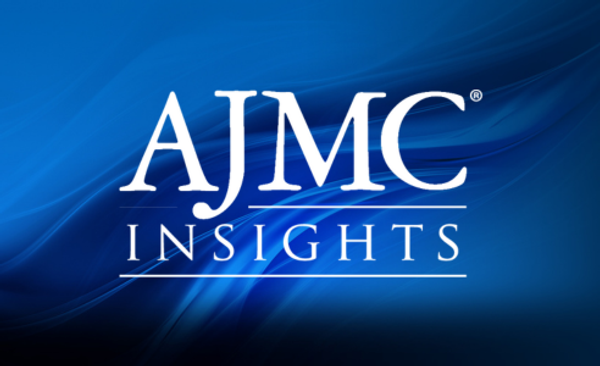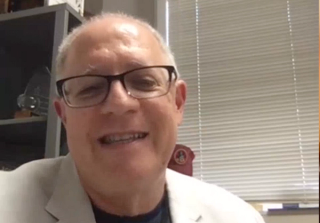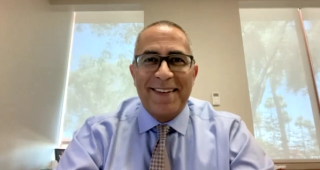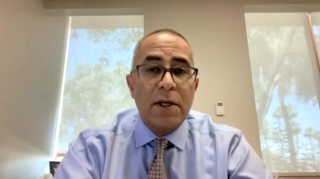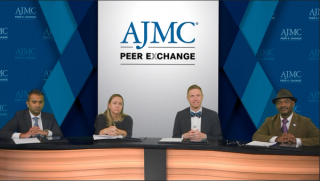
Multiple Myeloma
Latest News
Latest Videos

CME Content
More News
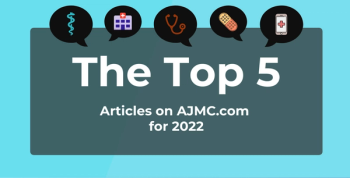
The top 5 most-read articles on AJMC.com for 2022 covered COVID-19, the first treatment for repigmentation in vitiligo, migraine care, and vitamin D supplementation for patients with multiple myeloma.
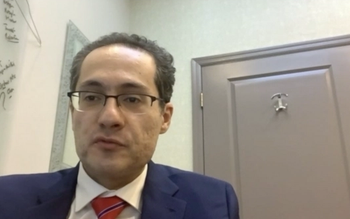
M. Hossein Kazemi, MD, medical oncologist and hematologist, Astera Cancer Care, discusses the benefits of de-escalating treatment for patients with multiple myeloma.
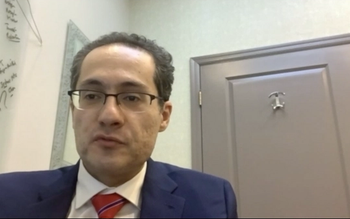
M. Hossein Kazemi, MD, medical oncologist and hematologist, Astera Cancer Care, discusses emerging tools to use to identify patients with multiple myeloma for de-escalating treatment.
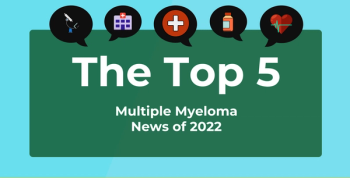
The most-read multiple myeloma (MM) articles of the year included the topics of novel treatments, the role of gene expression influence on MM, and more.
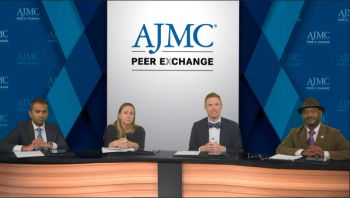
Ryan Haumschild, PharmD, MS, MBA, leads a panel in a conversation reviewing the MAIA study.

Key opinion leaders open a discussion surrounding the current treatment landscape of multiple myeloma (MM).

M. Hossein Kazemi, MD, medical oncologist and hematologist, Astera Cancer Care, identifies key tools in de-escalating treatment for patients with multiple myeloma.
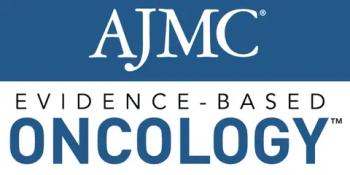
Coverage from the Institute for Value-Based Medicine® session with Astera Cancer Care in Edison, New Jersey, held November 3, 2022.

Thirteen years of population-based data highlight substantial rates of aggressive end-of-life care and disparities in care within a publicly funded health care system in Ontario, Canada.

Their findings, say the researchers, offer useful insights into the outcomes and risks of severe disease and mortality in patients who have multiple myeloma (MM) or amyloidosis (AL) with underlying monoclonal gammopathy who contract COVID-19.

New data show patients treated with chimeric antigen receptor (CAR) T-cell therapy as salvage therapy tended to have meaningful results despite treatment failure following B-cell maturation antigen (BCMA) CAR T.

This new study shows how using electronic health record (EHR) data can objectively quantify patient treatment burden among individuals who have multiple myeloma (MM) compared with patient-reported outcomes, which can be subject to recall bias.

Joseph Alvarnas, MD, vice president of government affairs at City of Hope and chief clinical adviser of AccessHope in Duarte, California, spoke on how the California Cancer Care Equity Act will allow oncologists to escalate the care of patients with advanced cancers toward established centers that can better meet their needs, as well as implications from the decision to exclude genomic testing coverage in the bill.

The study highlights a need for further research into potential contributors, including the possibility that sicker patients may receive more prompt treatment.

Bhavesh Shah, RPh, BCOP, chief pharmacy officer and director of specialty and hematology/oncology pharmacy at Boston Medical Center, talks about what oncology agents in the pipeline he hopes to see become available.
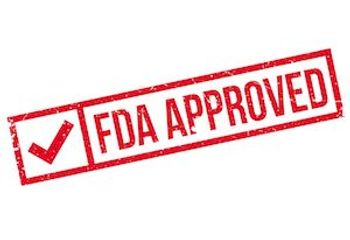
The FDA’s approval of teclistamab for relapsed/refractory (R/R) multiple myeloma makes it the first bispecific T-cell engager antibody to enter the treatment landscape.

Although exercise during cancer treatment is encouraged, multiple myeloma can present special challenges, since there is an increased risk of bone fractures, pain, and other deformities.
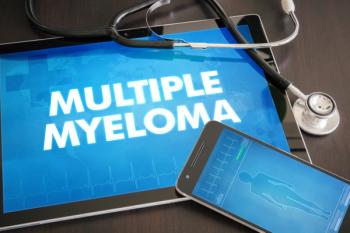
The model was found to be predictive and may help identify patients with multiple myeloma at a high risk of early disease progression.
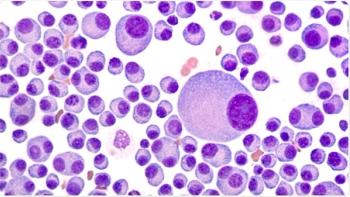
Within a selection of therapies showing efficacy over a placebo, lenalidomide-carfilzomib was a standout against the rest of the group.
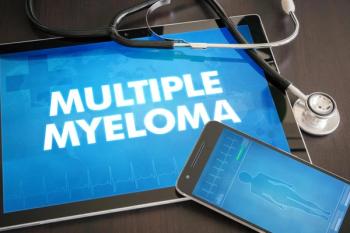
Researchers highlighted the opportunities primary care providers (PCPs) have to promote favorable outcomes through prompt diagnosis as well as help reduce racial disparities in multiple myeloma.
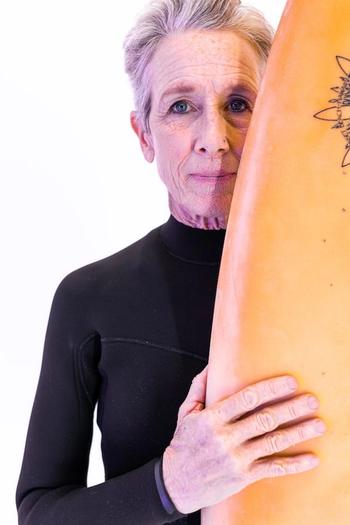
Regular assessments of patient-reported outcomes (PROs) are important to deliver the best clinical care, including the monitoring health-related quality of life (HRQOL), researchers reported.

Being able to use minimal residual disease (MRD) negativity to make treatment decisions, such as stopping maintenance therapy, can have savings related to cost and quality of life (QOL) for patients, said Ajay Nooka, MD, MPH, FACP, associate professor, Winship Cancer Institute.
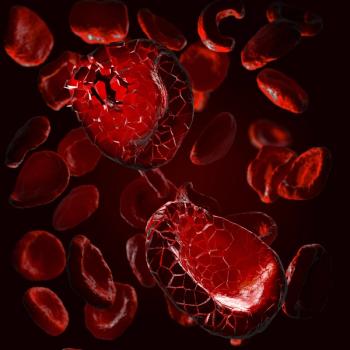
Chimeric antigen receptor (CAR) T-cell therapies may help patients with otherwise refractory cases of multiple myeloma, but patients must overcome significant hurdles to access the therapy.

For several years, investigators have examined the potential for allogenic natural killer (NK) cells as an alternative for “off-the-shelf” chimeric antigen receptor (CAR) treatments. New study results presented at the International Myeloma Society (IMS) meeting showed CD38 CAR-NK cells significantly reduced the tumor burden—and improved survival

Everyone agrees that minimal residual disease (MRD) is the best prognostic tool for multiple myeloma, but there is disagreement on how to use the MRD results, said Ajay Nooka, MD, MPH, FACP, associate professor, Winship Cancer Institute.




